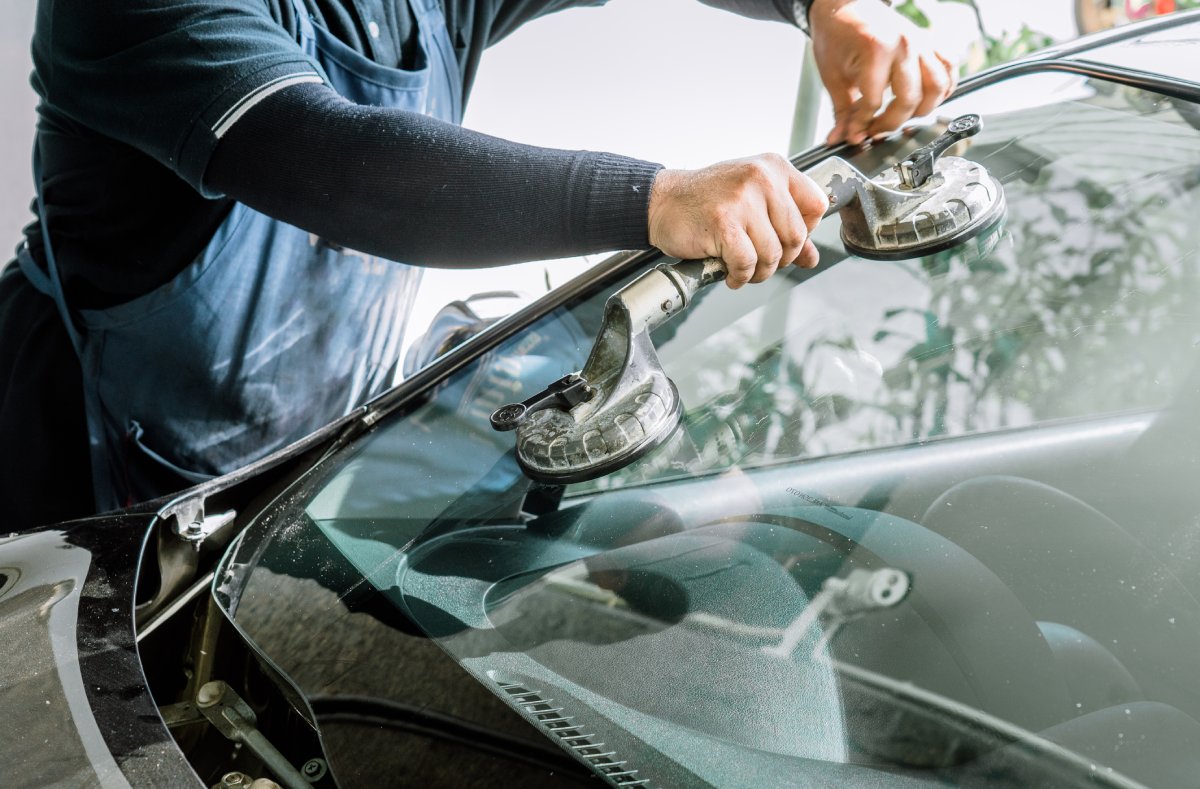In the realm of automotive innovation, automotive glass stands as a silent yet indispensable component. From its humble beginnings as a mere windshield to its current state of advanced technology, automotive glass has traversed a remarkable journey, shaping the safety, aesthetics, and functionality of modern vehicles.
A Brief History
The story of automotive glass dates back to the early 20th century when vehicles were still in their infancy. Initially, glass was primarily used for windshields, offering rudimentary protection against external elements. However, with the rise of mass production and technological advancements, automotive glass underwent significant transformations.
The Evolution
One of the most notable advancements in automotive glass came with the introduction of tempered glass. Unlike traditional glass, tempered glass undergoes a specialized heat treatment process, resulting in enhanced strength and durability. This innovation not only improved the structural integrity of automobiles but also reduced the risk of injuries during accidents.
Another milestone in the evolution of automotive glass was the development of laminated glass. Comprising multiple layers of glass bonded together with a polymer interlayer, laminated glass offers superior resistance to impact and penetration. Moreover, its ability to remain intact upon impact reduces the likelihood of occupants being ejected from the vehicle during a collision.
The Importance
Beyond its structural significance, automotive glass plays a pivotal role in enhancing driving experience and safety. The clarity and transparency of glass ensure unobstructed visibility for drivers, enabling them to navigate roads with confidence. Additionally, advancements such as heated glass and rain-sensing wipers further augment visibility and convenience, especially in adverse weather conditions.
Moreover, automotive glass contributes to the overall aesthetics of vehicles, accentuating their design and sophistication. Tinted glass, for instance, not only enhances privacy and reduces glare but also adds a touch of elegance to the vehicle's exterior. Furthermore, innovations like smart glass hold the potential to revolutionize the automotive industry by integrating functionalities such as heads-up displays and augmented reality.
Future Perspectives
As technology continues to evolve, the future of automotive glass promises even more groundbreaking developments. Advancements in materials science, such as the utilization of nanotechnology and self-healing polymers, hold the potential to redefine the properties of glass, making it stronger, lighter, and more versatile than ever before.
Moreover, the integration of smart glass with autonomous driving systems could usher in a new era of safety and convenience on the roads. Imagine windshields that display real-time navigation information or side windows that automatically adjust transparency based on external conditions.
In conclusion, automotive glass is much more than just a transparent barrier; it is a testament to human ingenuity and innovation. From its humble origins to its future possibilities, automotive glass continues to shape the way we perceive and interact with vehicles. As we embark on this journey of progress, one thing remains clear: the future of automotive glass is as bright as the roads it illuminates. Contact Us for Automotive Glass.





Comments